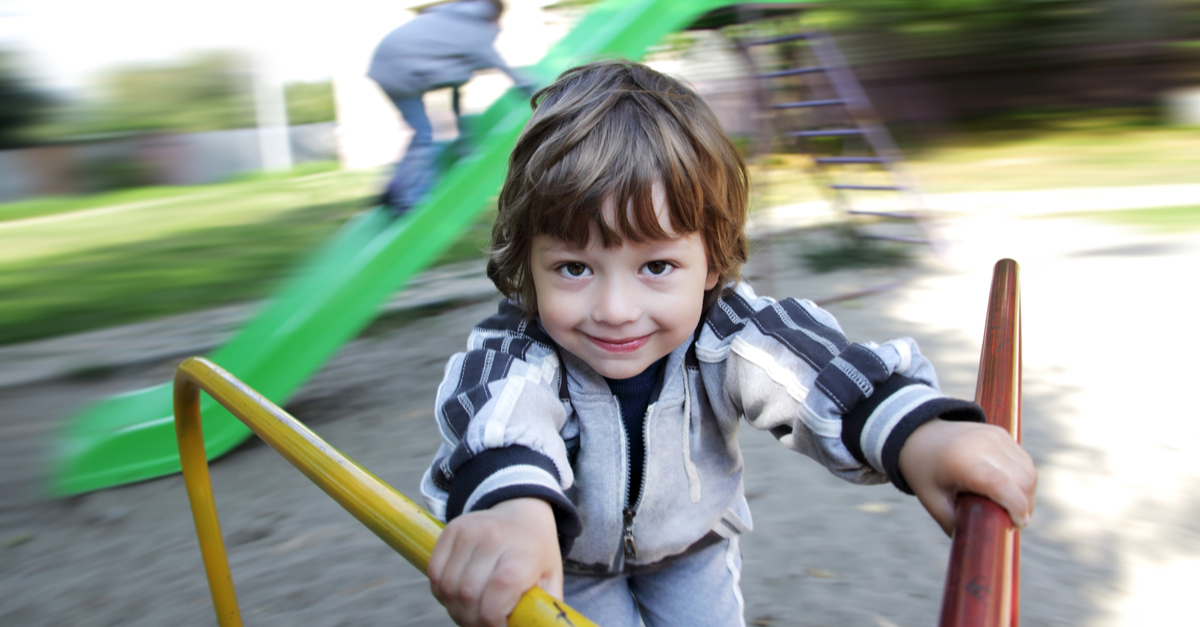Brain Boosting

Neglect causes neurological impairment or immaturity, and we often see children coming in who are developmentally behind their peers, both physically and emotionally. With what we know of the brain, some of these “deficits” can be made up through exercises and stimulation.
The mid-brain development is before the child reaches the age of 6 months and before crawling begins in earnest. This is the time when parents typically use “tummy time” to bond with their child and stimulate their activity. Children who were neglected during this time have to have their brains “re-trained” in order to get this piece. According to Dr. Liz Randolph, belly dragging is one of the most important exercises a child does, so in order to use this as a therapy tool, the parent needs to have the child drag his/her belly across the floor. This is accomplished in a “salamander crawl” where the child lies on the floor, belly touching the floor, and pulls himself forward by dragging his arm. I have also had parents gently pull their child a short distance if the child cannot do the exercise or is incapable of understanding the exercise. This can be done daily and the belly should always be touching the floor. If one leg lags behind, that is evidence, according to Dr. Randolph, of some problems in the mid-brain.
Other stimulations that can help mid-brain development are bouncing, rocking, spinning, and swinging. The parent can easily instigate these exercises and participate with the child regardless of age.
Bouncing, on one’s knee if a young child, or on a trampoline or even using the bouncing toys available will help the child develop. The father who bounces his child is actually not over-stimulating the child, but rather aiding his development. This also goes for the tossing that happens when children are infants. If they miss out on that due to no interaction with parents, they are affected developmentally. For older children, mini tramps and as they age, larger trampolines work well for this.
Rocking of course is great for the brain development and if the parent can rock with the child, great for bonding activities.
Swinging also recreates the movement necessary to brain development. This can be in a swing, or done by the parent. The child lies on his/her back and the parent swings slowly by the hand. There are other ways to engage in swinging activities and many games allow creativity.
Spinning also seems to aid in mid-brain development. Sit the child in a spinning office chair and twirl around 3 times one way then back the opposite direction 3 times. Doing this daily will aid in the neurological development and kids really do seem to enjoy this, indicating they need it!
All of these exercises can be done at home, in a few minutes a day. Not only will they aid in the neurological development, any extra time spent with your child will help the bonding process. These are stimulations that precede the development of the corpus callosum exercises, which will be discussed in a later article.
Tags: brain booster, brain impairment due to neglect, mid-brain development exercisesABOUT THE AUTHOR

Deb England
Licensed Independent Mental Health Practitioner
Licensed Professional Counselor
Advanced Clinical HypnoTherapist- Deb England began working part-time for Wholeness Healing Center in September 2004 and began full-time in May 2005. Deb practices primarily in the Broken Bow office and one day a week in the Grand Island office. Previously she had completed her practicum and internship at Morning Star Alliance, working in the Broken Bow and Grand Island offices.
LATEST ARTICLES BY Deb England
Subscribe today
Sign up to receive the latest mental health tips and inspiration